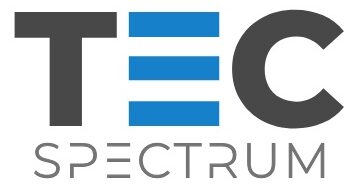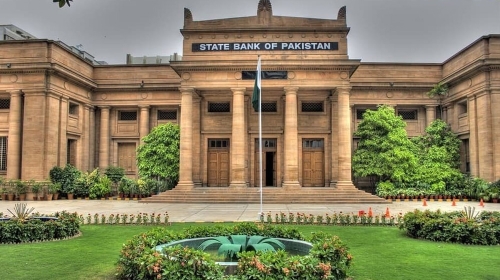In a major move aimed at strengthening the microfinance sector, the State Bank of Pakistan (SBP) has rolled out new capital regulations for Microfinance Banks (MFBs) — gradually doubling the paid-up capital requirement to Rs. 2 billion by June 2027.
But what does this really mean for Pakistan’s microfinance landscape — and more importantly, for the small businesses and borrowers who rely on it? Let’s break it down in simple terms. 👇
🏦 What’s Changing and When?
According to SBP’s updated Prudent Regulations for Microfinance Banks, the capital hike will happen in phases, giving banks some breathing room to adjust.
📌 Revised Paid-up Capital Deadlines:
- National-level MFBs:
- Rs. 1.5 billion by June 2026
- Rs. 2 billion by June 2027
- Provincial-level MFBs:
- Rs. 1.5 billion by June 2026
- Rs. 2 billion by June 2027
This update replaces the current requirement of Rs. 1 billion (for national banks) and Rs. 500 million (for provincial banks).
🔍 Why Is This Important?
SBP’s decision is aimed at:
✅ Strengthening financial resilience
✅ Protecting depositors
✅ Improving long-term viability of MFBs
Given that most of Pakistan’s 12 microfinance banks have struggled since 2021—largely due to COVID-19, floods, and economic uncertainty—this new capital cushion will help stabilize their operations and absorb future shocks.
📉 Challenges for MFBs
Many MFBs are still reeling from loan defaults and weak recovery rates among small businesses, which has dented their financial health.
Despite the phased approach, this capital hike will put pressure on:
- Loss-making MFBs that already face liquidity challenges
- New entrants trying to meet licensing requirements
- Banks with heavy exposure in disaster-hit areas
🧾 Additional Regulatory Highlights
Here are some other key updates from SBP’s revised regulations:
💰 Reserve Fund Mandate
- Banks must set aside 20% of annual post-tax profits until the reserve fund matches paid-up capital.
📉 Contingent Liabilities Cap
- First 3 years: Max 3x equity
- After 3 years: Max 5x equity
⚖️ Capital Adequacy Ratio (CAR)
- Must maintain a minimum of 15% of risk-weighted assets.
🚨 Penalties for Non-Compliance
SBP is not taking capital compliance lightly. Banks that fall short of maintaining the required balances will face daily penalties.
Penalty Triggers:
- Not maintaining the average 3% CRR during the reserve period
- Failing to meet the 2% daily minimum CRR
- Shortfall = 1% daily penalty on the deficit
This is aimed at ensuring liquidity, promoting responsible banking, and improving overall system reliability.
🌱 What’s Next for Pakistan’s Microfinance Sector?
With these new regulations, SBP is signaling a strong push toward accountability and sustainability. While this may tighten the screws on smaller or struggling MFBs, it also opens up room for stronger players to scale and offer more robust financial services to underserved communities.
However, this also means banks must now:
- Seek fresh investments
- Revisit operational costs
- Enhance loan recovery strategies
📣 Final Thoughts
Pakistan’s microfinance sector is at a critical turning point. These new capital rules from SBP could usher in a healthier, more sustainable era—but only if MFBs are agile enough to adapt.
Small businesses and entrepreneurs, who depend on microfinance, will be watching closely. The hope is that better-capitalized banks mean better financial products, greater security, and stronger economic growth at the grassroots level. 🌾
✅ Stay Informed
Want more updates on financial regulations, small business news, or the evolving fintech scene in Pakistan?
👉 Subscribe to our newsletter for weekly insights!
👉 Check out our Microfinance Insights Hub for related updates.
















